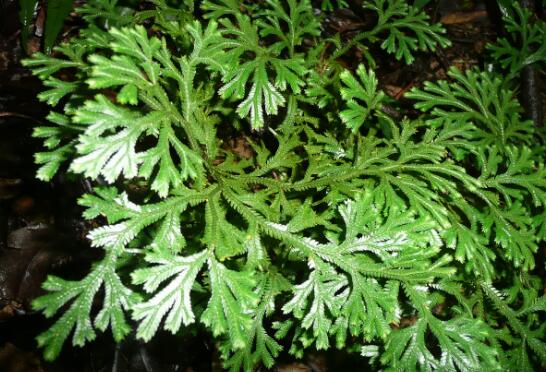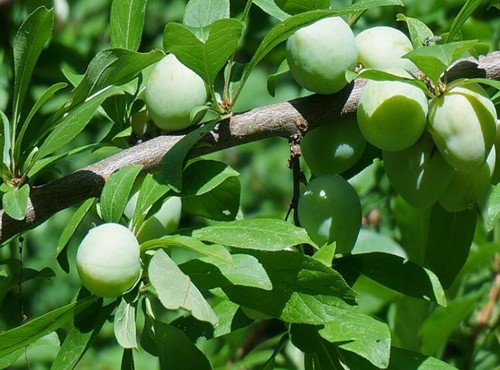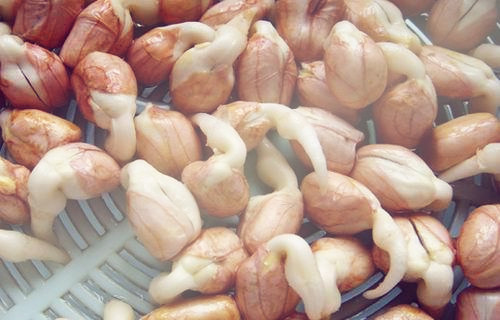How much is the grass (Selaginella officinalis) per jin? How do you plant it? What are the effects?
There are many things we don't know in the world. Today, Xiaobian introduces to you a magical plant, which can freely choose its living environment. This plant is called revived grass, which is a kind of fern. Its scientific name is Selaginella officinalis. So how much is the grass per jin? How do you plant it? What are the effects?

Name origin
Return to the dead grass and call it longevity grass, immortal grass, longevity grass and so on. Reviving the dead grass, the root can separate itself from the soil, curl up like a fist, move with the wind, meet water and glory, and then drill back into the soil to find moisture. Because of its strong drought tolerance, it can stretch again as long as the root system is soaked in water after a long period of drought, so it is named. China distributes Guangdong, Guangxi, Fujian, Zhejiang, Jiangsu, Hunan, Shaanxi, Hebei, Shandong, Liaoning, Jilin, Heilongjiang and other places. It is produced in most parts of China.
The root base is only born at the base of the stem, 0.5-3 cm long and 0. 5 cm in diameter. 3-1.8 mm, roots much forked, densely hairy, and stems and branches densely forming a dendritic trunk, sometimes as high as tens of cm. The leaves are all interactively arranged, dimorphic. Leaves are thick, smooth, margin not entire, with white edges, leaves on the main stem are slightly larger than those on branchlets, imbricate, green or brown, margin denticulate.
Selaginella officinalis market price
The market demand is small, the recent supply of goods has entered a substantial digestion stage, the holder is actively selling, the market is running smoothly; the current market price is about 10-11 yuan.
How do you grow Selaginella?
Selaginella Selaginella is propagated by spores, or autogenous seedlings are collected from the producing area. The basin soil requires sandy loam with easy and good drainage, which should be placed in a wet place without direct sunlight after planting. The spore propagation of Selaginella officinalis selected the stem segment with mature sporangium in the leaf organ, cut off the 1.5cm from the top of the branch and placed it on the surface of clean soil with good drainage. The soil was often mixed with 1 part of soil and 4 parts of fine sand. Sprinkle some sifted fine soil on the cut of the stem, maintain the moisture of the incision, cover it with glass to prevent water loss and keep it moist, and put it at a temperature of about 20 ℃. After about 9 months, a new plant can grow.
1, biological characteristics like light, with a strong ability to resist drought, mostly born on sunny hillside rocks, or in dry rock cracks. It grows normally in a humid place with a temperature of about 20 ℃.
2. the cultivation technique divides stem propagation, and some species can be propagated by leaves and spores. Split stem propagation is to cut the stolon into 3-6cm long stem segments, put them on fine sandy soil, water them 3-4 times a day, and keep them moist to survive. Some species can insert small leaves into the soil, water and moisturize, and then they can take root and send out new leaves. Some species of erect stems can be propagated by spores. The stem segments with mature sporangia in the leaf organs are selected and the 1.5cm is cut off from the top of the branch.
Culture method
1. Placement position
Selaginella officinalis is suitable for growing in shade and should be placed in soft light all the year round.
2. Temperature
Suitable for growing in a warm room. The lowest temperature in winter is 0 ℃.
3. Watering
The plant is extremely resistant to drought. But during the growth period, a large amount of watering is needed to keep the basin soil fully moist. The plant likes to be wet, and the leaves are sprayed with warm water every day. Do not spray with cold water, otherwise it will be harmful to the leaves.
4. Fertilization
30% concentration of standard push liquid fertilizer was applied every half a month during the growth period.
5. Cultivation and basin change
Planted with sandy loam with good drainage, it can also be raised in a small water cup. Shallow pots are most suitable for potted plants. Change the basin in spring, if there is no need to change the basin, turn the basin with fresh soil.
6. Reproduction
Propagate by cuttings. When pruning the plant in spring, cut off the 5m / 8cm cuttings and insert them into a moist shallow basin and place them in a place with soft light.
Magical herbs for curing diseases
In the Classic of Shennong Materia Medica, it is said that the cedar expels the evil spirits of the five internal organs and lightens the body for a long time. The famous Doctor Bielu says that it can "strengthen yin and nourish essence," while "medicinal herbal medicine" is even more extraordinary, saying that it "cures corpses and ghosts" and makes "all evil spirits cry."
The function of Selaginella officinalis is actually very simple, that is: promoting blood circulation and removing blood stasis of Selaginella officinalis, charcoal to stop bleeding.
Selaginella officinalis is the dried whole grass of Selaginella officinalis or Selaginella officinalis. It can be harvested all year round, remove fibrous roots and sediment, and dry in the sun.
Unwinding cypress in traditional Chinese medicine
According to traditional Chinese medicine, this product tastes pungent, flat, human liver and heart meridian. It is suitable for amenorrhea and dysmenorrhea, riffraff, fall injury, hematemesis, metrorrhagia, stool blood, prolapse of anus and so on.
This decoction has an inhibitory effect on Staphylococcus aureus. Selaginella officinalis powder is used to stop bleeding after high pressure disinfection of baby's navel. This product not only has hemostatic effect, but also has anti-inflammatory and astringent effect.
Legends of Selaginella officinalis
Legend has it that in the Kunlun Mountains, there is a glittering Tianchi, where the Queen Mother takes a bath. On the bank of Tianchi, there is a kind of fairy grass, which can bring back to life from the dead. One year, there was a great drought among the people, the epidemic of plague, and thousands of people died. Longnu, who lived in Tianchi, was very sympathetic when she saw that she had suffered a disaster. She secretly brought the immortal grass on the shore of Tianchi to the world to cure the people and save all sentient beings. Thousands of dead people even came back to life. The Dragon King knew about this and was furious. In a fit of anger, he brought the Longnu down to earth. After Longnu came to earth, she was willing to become a resurrection grass to save all sentient beings. The soul grass has strong vitality, it is dried and put into the water to grow again, so it is called the soul grass.
Time: 2019-03-21 Click:
- Prev

When does the green plum tree blossom and bear fruit? How do you plant it?
Green plum trees are produced in Hainan. Born in hills and sloping forests, below 700 meters above sea level. Vietnam, Thailand, Philippines, Indonesia and so on have distribution. It is an endangered species under national third-level protection. So, when will the green plum tree blossom and bear fruit? How do you plant it? It is understood that green plum trees bloom from May to June and fruit from August to September.
- Next

How much is the peanut sprout per jin? Why is the market not big? How did you grow it?
Like bean sprouts, peanut sprouts are rich in nutrients and contain various vitamins and trace elements, so many people will bubble their own hair, but as peanut sprouts are rarely seen in the market, the price is small and expensive, so they can only be made by themselves if they want to eat. how much is the peanut sprouts per jin? Why is the market not big? How did you plant it?
Related
- Fuxing push coffee new agricultural production and marketing class: lack of small-scale processing plants
- Jujube rice field leisure farm deep ploughing Yilan for five years to create a space for organic food and play
- Nongyu Farm-A trial of organic papaya for brave women with advanced technology
- Four points for attention in the prevention and control of diseases and insect pests of edible fungi
- How to add nutrient solution to Edible Fungi
- Is there any good way to control edible fungus mites?
- Open Inoculation Technology of Edible Fungi
- Is there any clever way to use fertilizer for edible fungus in winter?
- What agents are used to kill the pathogens of edible fungi in the mushroom shed?
- Rapid drying of Edible Fungi

